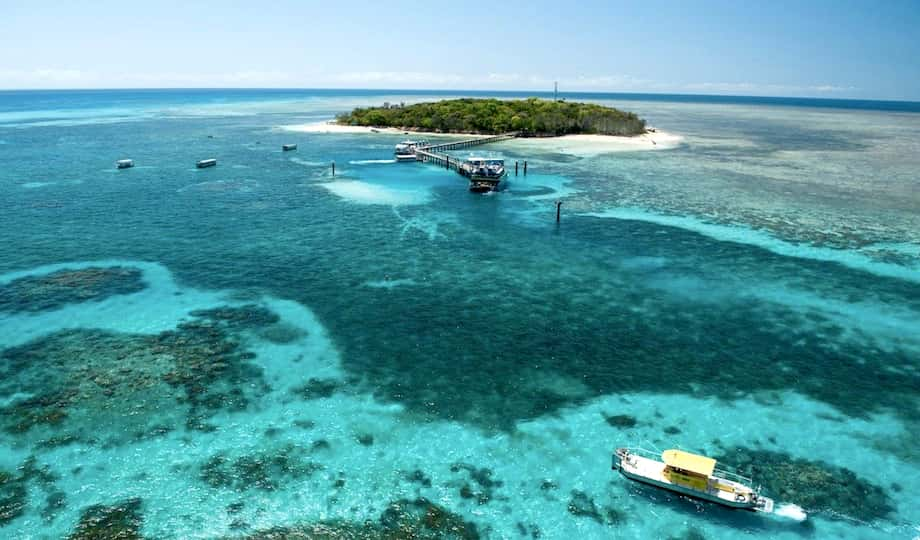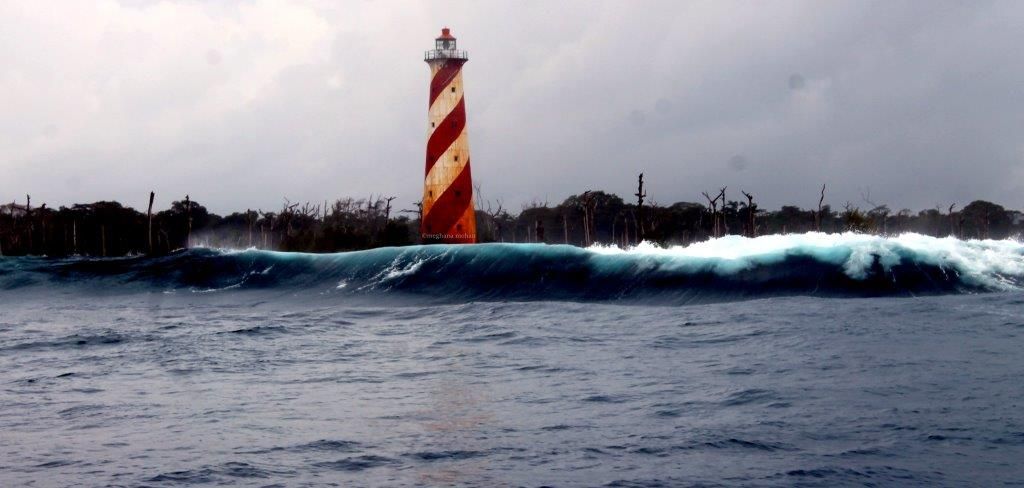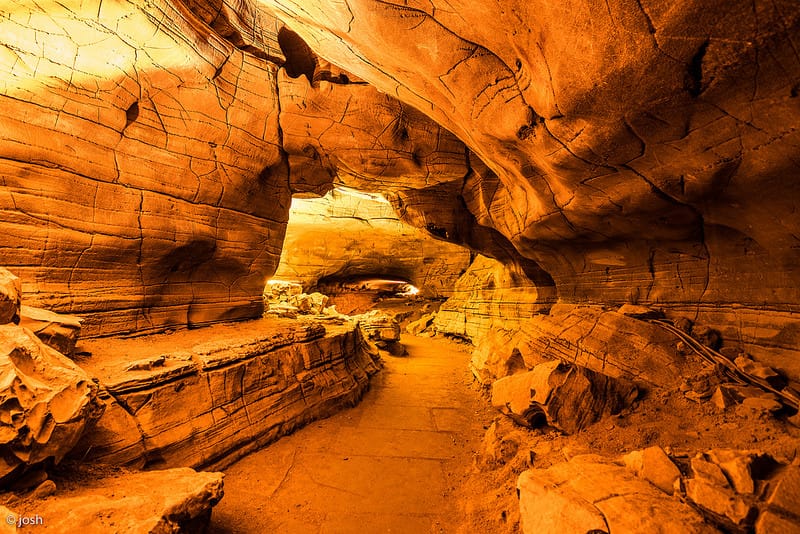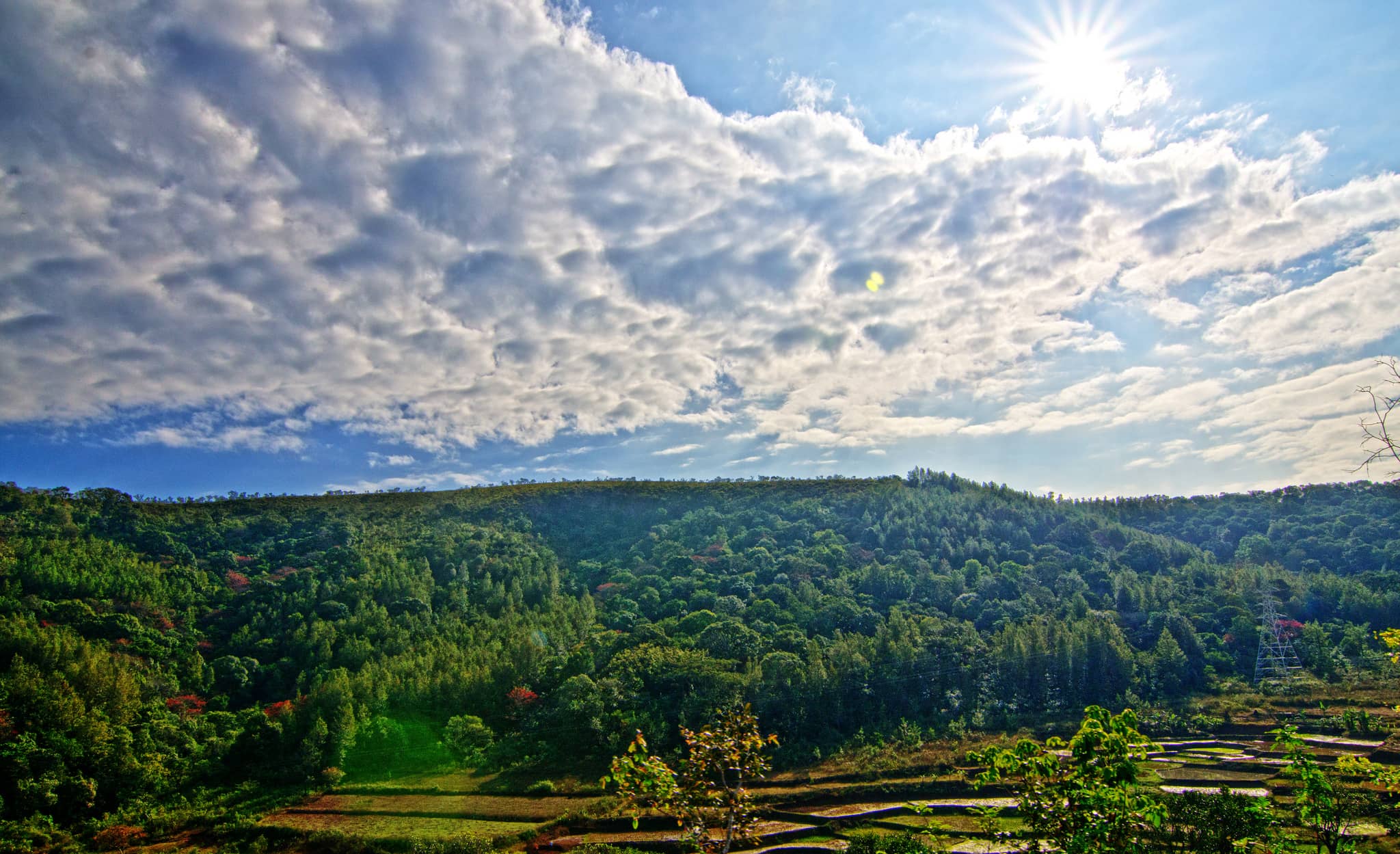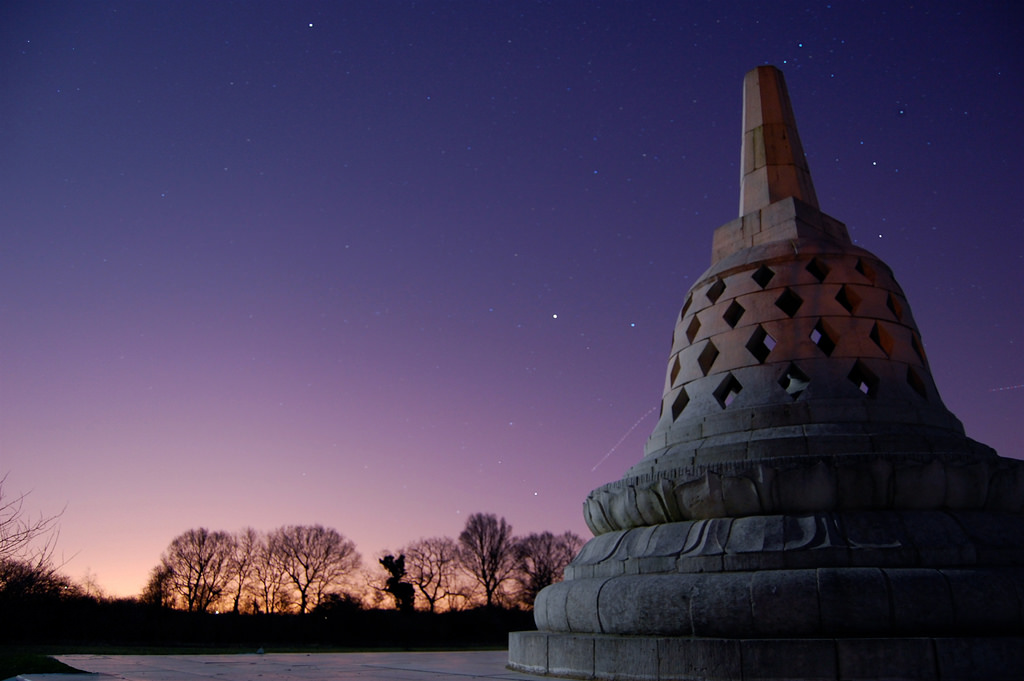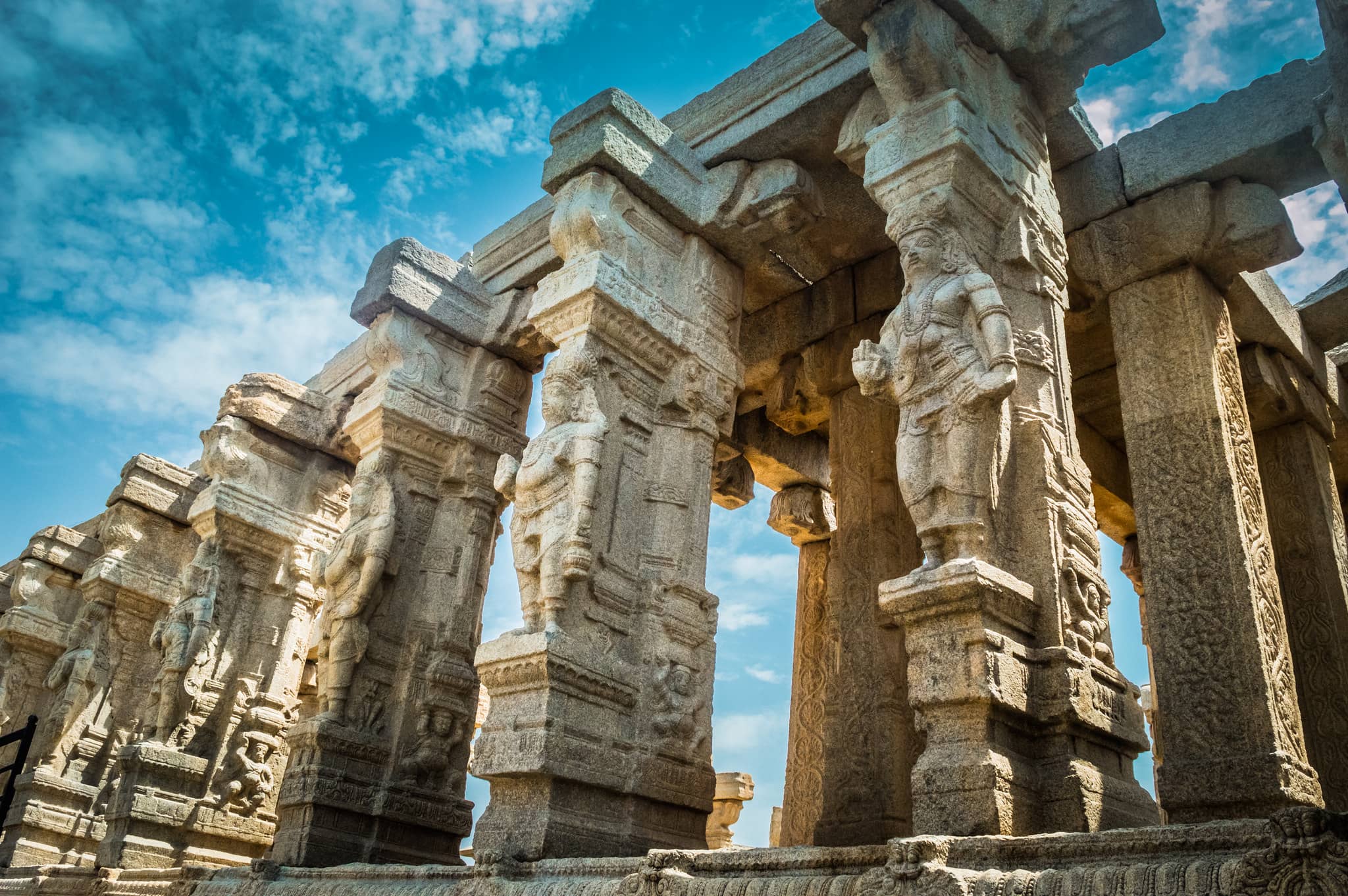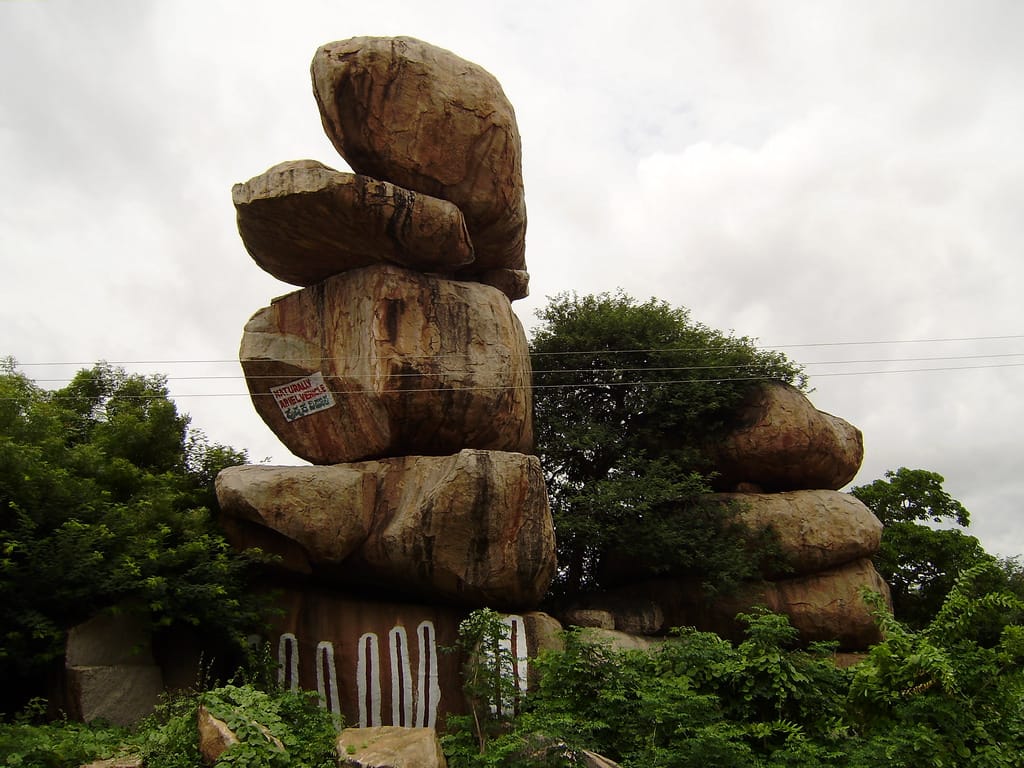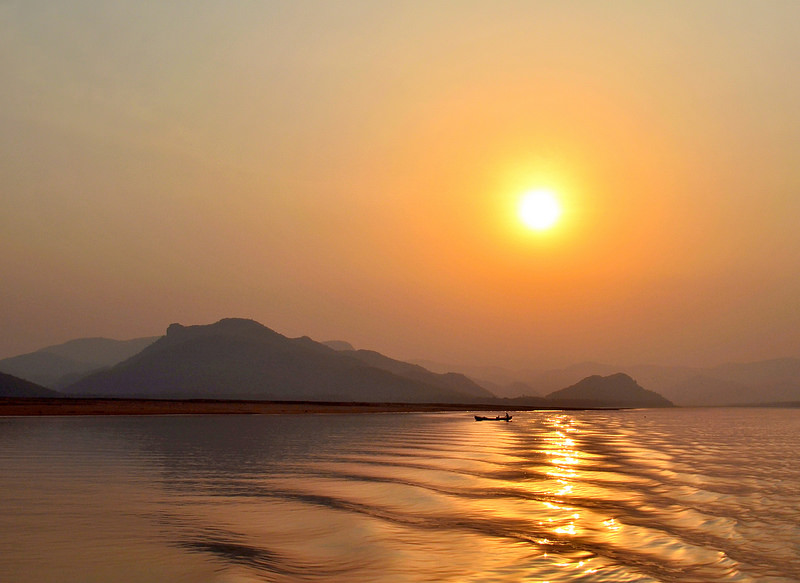Cairns, located in tropical Far North Queensland, is known as the gateway to Australia’s Great Barrier Reef. The Tjapukai Aboriginal Cultural Park showcases the stories of Aboriginal and Torres Strait Islander people through music and dance. The Cairns Esplanade has bars, restaurants, and a swimming lagoon. To the northwest, Daintree National Park offers rainforest, gorges, and beaches. Cairns Wildlife Dome features koalas and crocodiles, while the Cairns Tropical Zoo and Cairns Night Zoo are home to kangaroos and wallabies. The Kuranda Scenic Railway and Skyrail Rainforest Cableway take visitors through the rainforest, ending in the village of Kuranda, famous for its Aboriginal art and markets. Outdoor activities like bungee jumping, fishing, and whitewater rafting are also popular here.
places to visit in Cairns
Great Barrier Reef
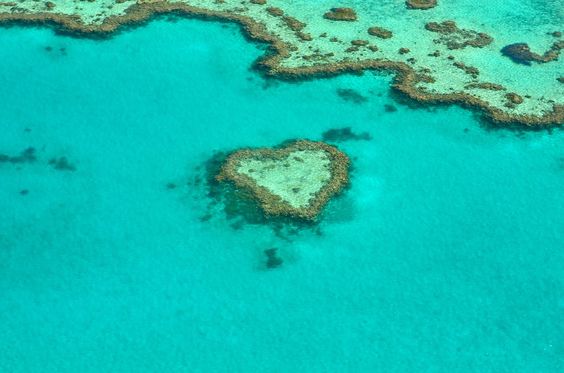
The Great Barrier Reef is the largest coral reef system in the world and a UNESCO World Heritage Site. It stretches over 2,300 kilometers and includes more than 2,900 individual reefs and 900 islands. The reef is visible from space and is home to a wide variety of marine life, including colorful fish, turtles, dolphins, and sharks.
Skyrail Rainforest Cableway
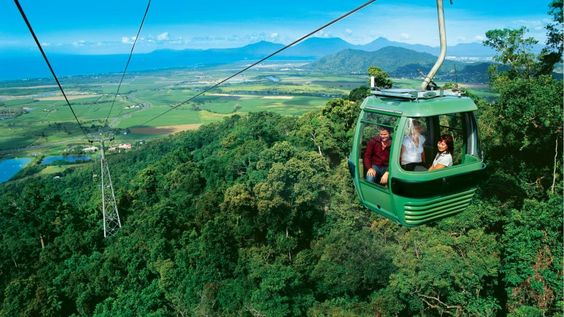
The Skyrail Rainforest Cableway is a 7.5-kilometer cableway that runs through the Barron Gorge National Park in Queensland. The ride takes passengers from Cairns to Kuranda, offering spectacular views of the world’s oldest tropical rainforest, which is older than the Amazon.
Daintree National Park
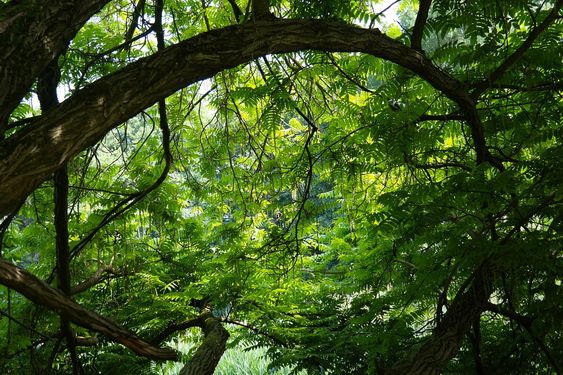
Daintree National Park is located in Far North Queensland and is part of the Wet Tropics of Queensland. It is known for its incredible biodiversity, providing a home to rare species and abundant birdlife. The park is made up of two sections, separated by agricultural land, including the towns of Mossman and Daintree Village.
Paronella Park
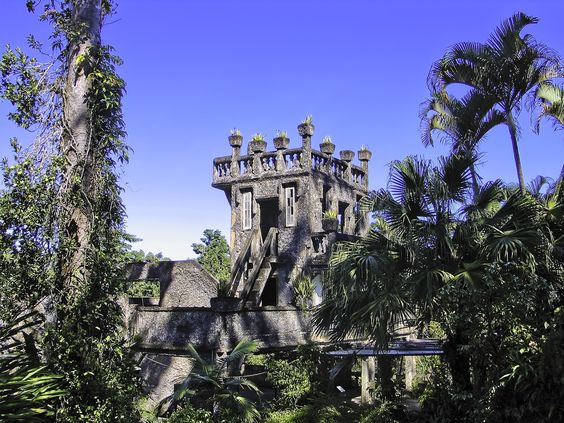
Paronella Park, located 120 kilometers south of Cairns, was built in 1930 by Spanish immigrant José Paronella. Visitors can explore the park’s history and highlights through guided tours that run throughout the day and night, showcasing its beautiful heritage-listed structures.
Australian Butterfly Sanctuary
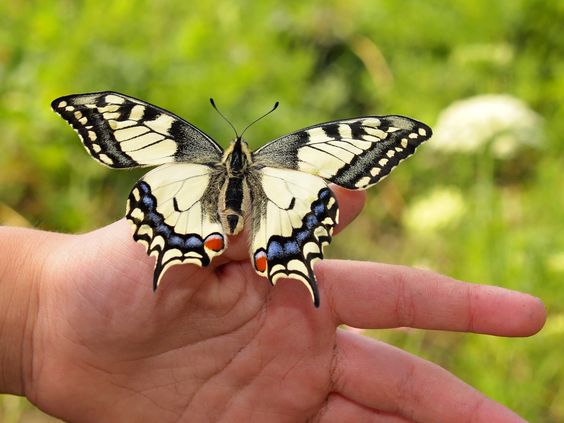
Located in Kuranda, the Australian Butterfly Sanctuary is Australia’s largest butterfly flight aviary and exhibit. It is home to around 1,500 free-flying butterflies, including the colorful Cairns Birdwing Butterfly, many of which are native to Far North Queensland.
Kuranda Scenic Railway

The Kuranda Scenic Railway is a popular train route that takes passengers from Cairns to Kuranda, passing through lush rainforest and the Great Dividing Range. Along the way, passengers can enjoy views of Barron Gorge and Barron Falls, with stops at scenic lookouts.
Barron Falls
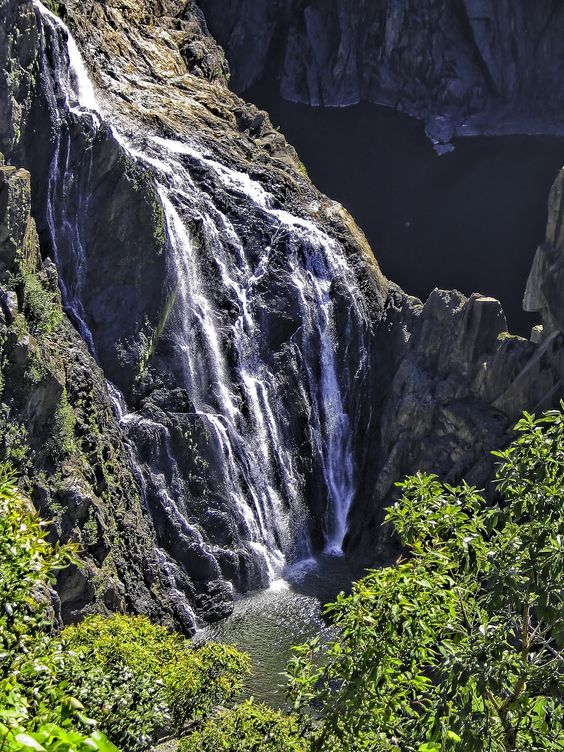
Barron Falls is a stunning waterfall located on the Barron River in Queensland. The waterfall cascades from the Atherton Tablelands to the Cairns coastal plain, and visitors can enjoy views of the falls from several lookouts along the Barron Falls Skyrail station.
Fitzroy Island
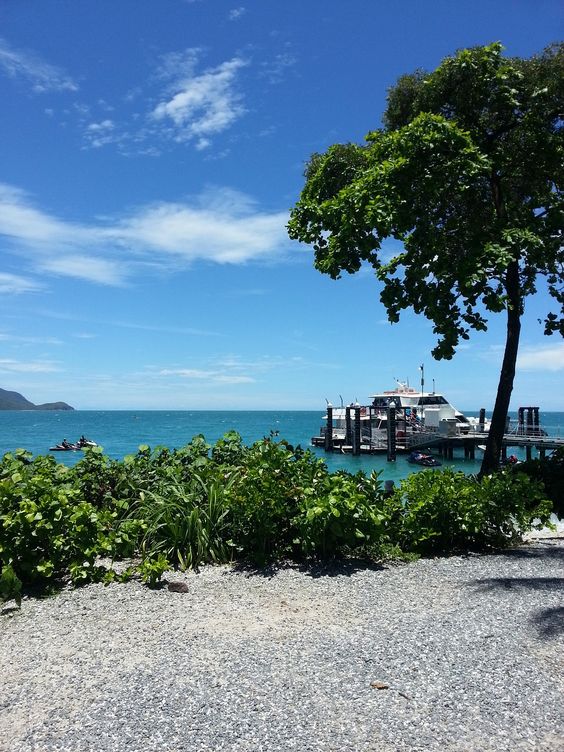
Fitzroy Island is a tropical island known for its rainforests and fringe coral reef. The island is also home to a historic lighthouse and a 100-room resort, making it a popular destination for visitors seeking both natural beauty and relaxation.
Kuranda Koala Gardens

At Kuranda Koala Gardens, visitors can see koalas, kangaroos, wombats, and a variety of other native animals. The gardens offer a unique opportunity to cuddle a koala, making it a must-see attraction for wildlife lovers in Kuranda.
Stoney Creek Falls
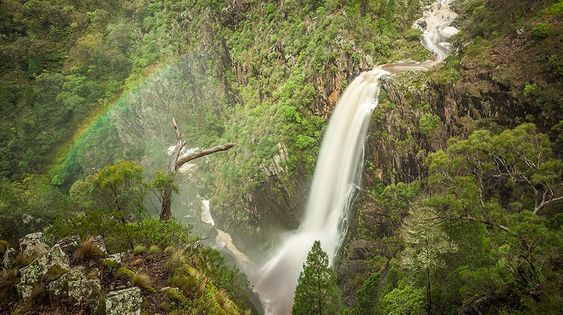
Stoney Creek Falls is a beautiful cascade waterfall in Queensland, known for its curved lattice railway bridge that crosses in front of the falls. Passengers on the Kuranda Scenic Railway can enjoy stunning views of the falls as their train passes over the creek.
Best time to visit Cairns
The best time to visit Cairns is between June and October when the dry season occurs. During this time, the weather is pleasant with warm temperatures and lower humidity. It is ideal for outdoor activities such as snorkeling, hiking, and exploring the Great Barrier Reef. The dry season also ensures fewer chances of rain, making it perfect for sightseeing. Visitors can enjoy the region’s natural beauty to the fullest.
